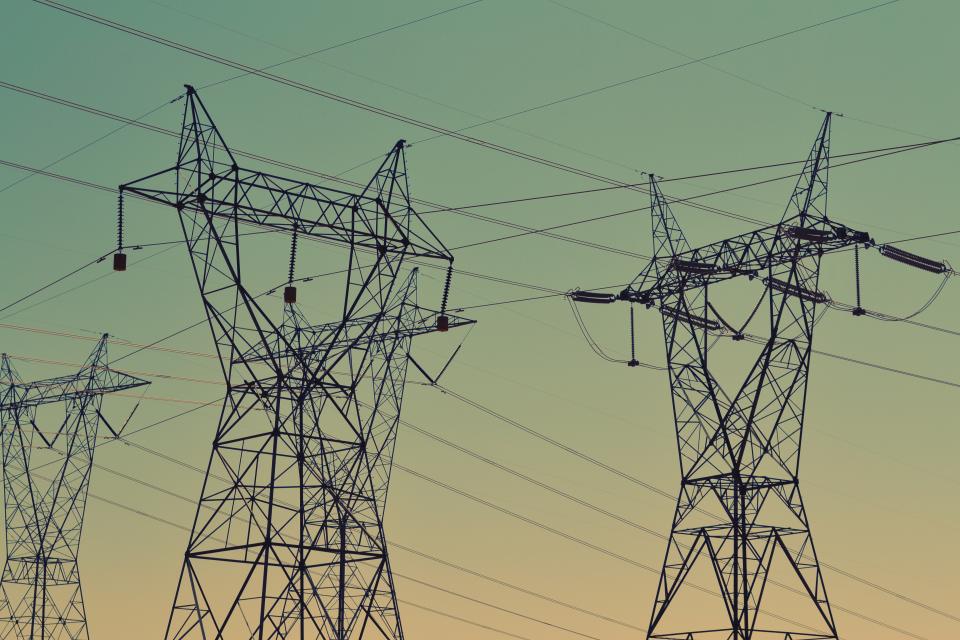America’s power grids have been vulnerable to physical and cyberattacks for a very long time. But now, the very frightening possibility of losing power because of a security breach is getting an abundance of attention.
This threat should receive attention – it is long overdue. Just to put the danger in perspective, consider the consequences. A major successful cyberattack on a U.S. grid could cause the economy to quickly suffer between $243 billion and $1 trillion dollars of loss. That’s the cost of 40–50 major hurricanes.
A successful cyberattack on a U.S. grid would also cause the loss of personal and commercial information and it could damage physical assets, disrupt energy storage and cause large scale blackouts resulting in more damages also exceeding billions. In spite of this, a recent survey reported that more than four in 10 utility executives admit that cybersecurity risks are not a major focus in their risk management plans.
Just two days after Trump’s infrastructure plan was announced, the U.S. Department of Energy (DOE) launched its own infrastructure initiative and it centers on protecting our power and energy sources. Its name is long – The Office of Cybersecurity, Energy Security and Emergency Response (CESER).
CESER will focus on energy infrastructure and also help support the expanded national security role assigned to the DOE. President Trump, in his proposed budget, suggests allocating $96 million to CESER.
The DOE is actually a little late to the game because a number of states are already advancing cybersecurity energy infrastructure plans. However, the new federal focus is opening up many opportunities for collaboration between public- and private-sector partners.

The Arizona legislature is poised to pass a clean energy bill that will require 3GW energy storage to be installed by 2030. Upon passage, this will become the largest energy storage mandate in the country. With the much larger energy storage, the need to protect the grid, upgrade networks and protect the physical infrastructure from a cyberattack is critically important. It’s anticipated that the state will finalize some contracts for grid modernization projects by the end of the year.
Missouri is close to implementing a five-year $1 billion smart grid project. Currently, the state legislature is debating a rate hike bill to finance at least part of the modernization project. The bill focuses on providing greater protection against cybersecurity threats and upgrading the grid so that it is more resilient to power outages.
The state of Virginia is also considering legislation that will overhaul the state’s energy policy. Legislators want to use secure communications networks to ensure greater capabilities to target cybersecurity threats. Currently, discussions center on funding options and a public-private partnership is a possibility.
Companies with cybersecurity offerings will find hundreds of current opportunities but the expectation is that government’s efforts to protect the nation’s power grids will open up a much larger marketplace with huge demand spikes in the very near future.
Strategic Partnerships, Inc. is your leading source for PPP News. Sign up for our free weekly e-newsletters to ensure you never miss out.






